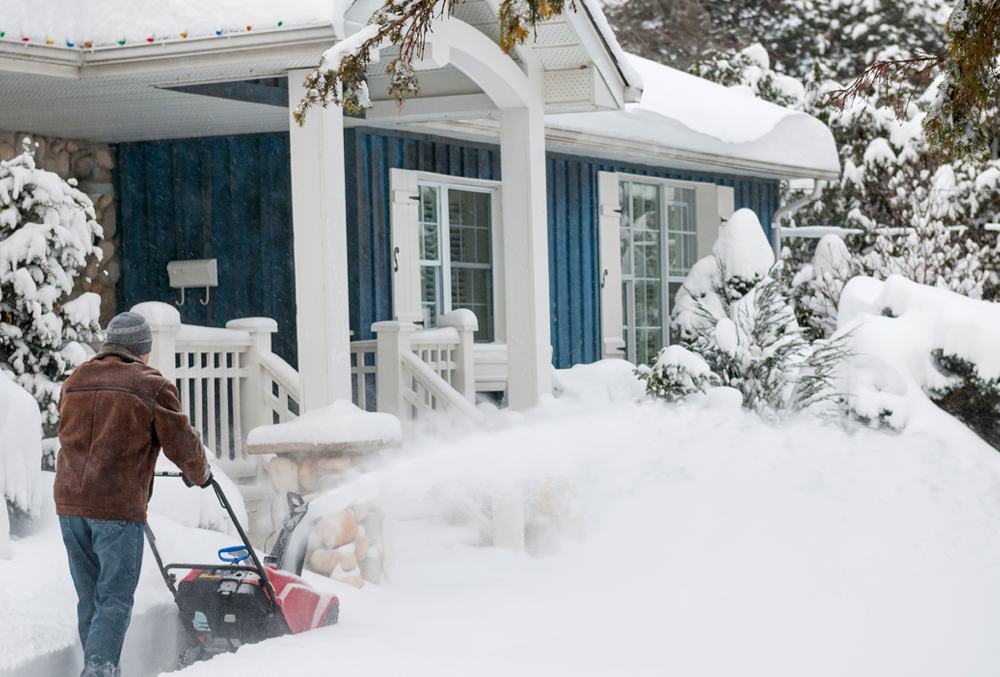Is your home ready for the winter?
The harsh winter weather conditions (especially in Canada) make it advisable to properly prepare your home for the season and reduce the risk of property damage.
Fortunately, there are plenty of simple things you can do to ensure you’re not on the hook for costly home repairs. We’ve created a winter home maintenance checklist to protect you and your home from the challenges of the season.
How to Winter Proof Your Home
Here are five ways to winter-proof your home:
1. Seal Leaky Doors and Windows
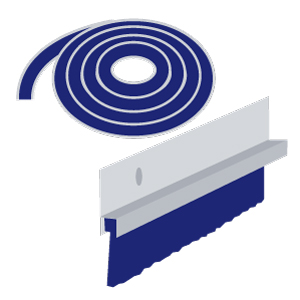
If you notice gaps in your doors and windows when you close them then there’s a chance wet conditions and/or cold air can enter your home. In fact, a drafty window can account for nearly 30% of energy loss in the home.
Ensure you caulk any gaps or use weatherstripping to protect your home. Weatherstripping comes in different materials and grades, so do your research to find the product that is right for your home's needs.
A bonus of sealing leaky doors and windows is this can help you save on heating costs during the winter. Caulking and sealing are one of the least expensive maintenance jobs you can tackle.
2. Clean the Gutters
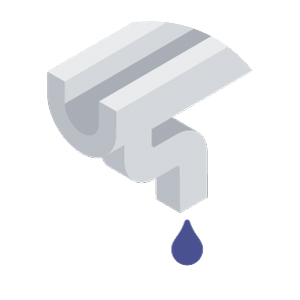
Removing debris and leaves from the gutters during the fall can help your gutters do their job – allow melted snow to flow into the downspout and away from your home in the winter.
This can help to ensure that water stays away from your home’s foundation to avoid basement leaks and flooding. Water accumulating on your roof can even cause a ceiling collapse.
Simply use a ladder to climb up to your roof and wear a thick pair of gloves to remove debris from your gutters.
3. Clear Driveways and Walkways
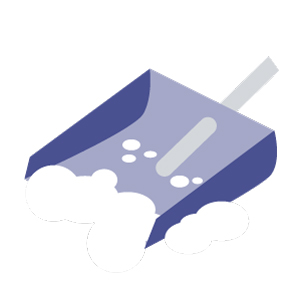
It’s a homeowner's responsibility to clear snow and ice from their driveways and walkways. Regularly shovel or use a snowblower to remove snow efficiently.
Have rock salt, gravel or sand on hand to scatter on your driveway and walkway to help melt the ice. By doing so, you can reduce the chance of slips and falls on your property and help make conditions safer for pedestrians and visitors.
Ensure you remove built up snow close to the foundation and brick of your home. This prevents water from pooling around the base of your home to avoid flooding and water damage.
4. Winterize Your Pipes
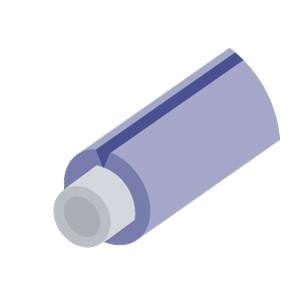
The cold temperatures can not only be bone-chilling for you but can also cause your pipes to freeze. If the water in your pipes freezes, it can cause them to expand and potentially burst, ultimately leading to flooding your home. It’s recommended to wrap your pipes with insulation materials as a precaution.
This is why it’s important to keep the heat on at a low temperature in your home during the winter (even if you go away during the holidays). If your pipes do freeze, get in touch with a plumber to fix the problem. Typically, frozen pipes are not covered in most home insurance policies.
5. Tune Up Your Furnace

Keep your home warm by ensuring your furnace is running effectively and efficiently.
Start by cleaning or replacing your furnace filter; your furnace filter collects allergens and debris to give you better air quality.
Hire a professional to service your furnace annually. This helps to ensure the longevity of your furnace and keep it running for years to come.
You don’t want to wait until there’s an issue and the temperatures drop before considering the functionality of your furnace. Waking up to a chilly home in the middle of a winter night isn’t ideal.
Preparing your home for the winter season doesn’t have to be as tedious as you think. A few seasonal maintenance practices can go a long way towards keeping your home functional. Not to mention that a well-maintained home will attract future homebuyers.
Thinking of dipping into the housing market in the new year? Talk to your mortgage broker to further explore your options for homes and mortgages. If you don’t have a mortgage broker, check out our find a mortgage broker tool
If you have an MCAP mortgage and have any questions, contact us!

